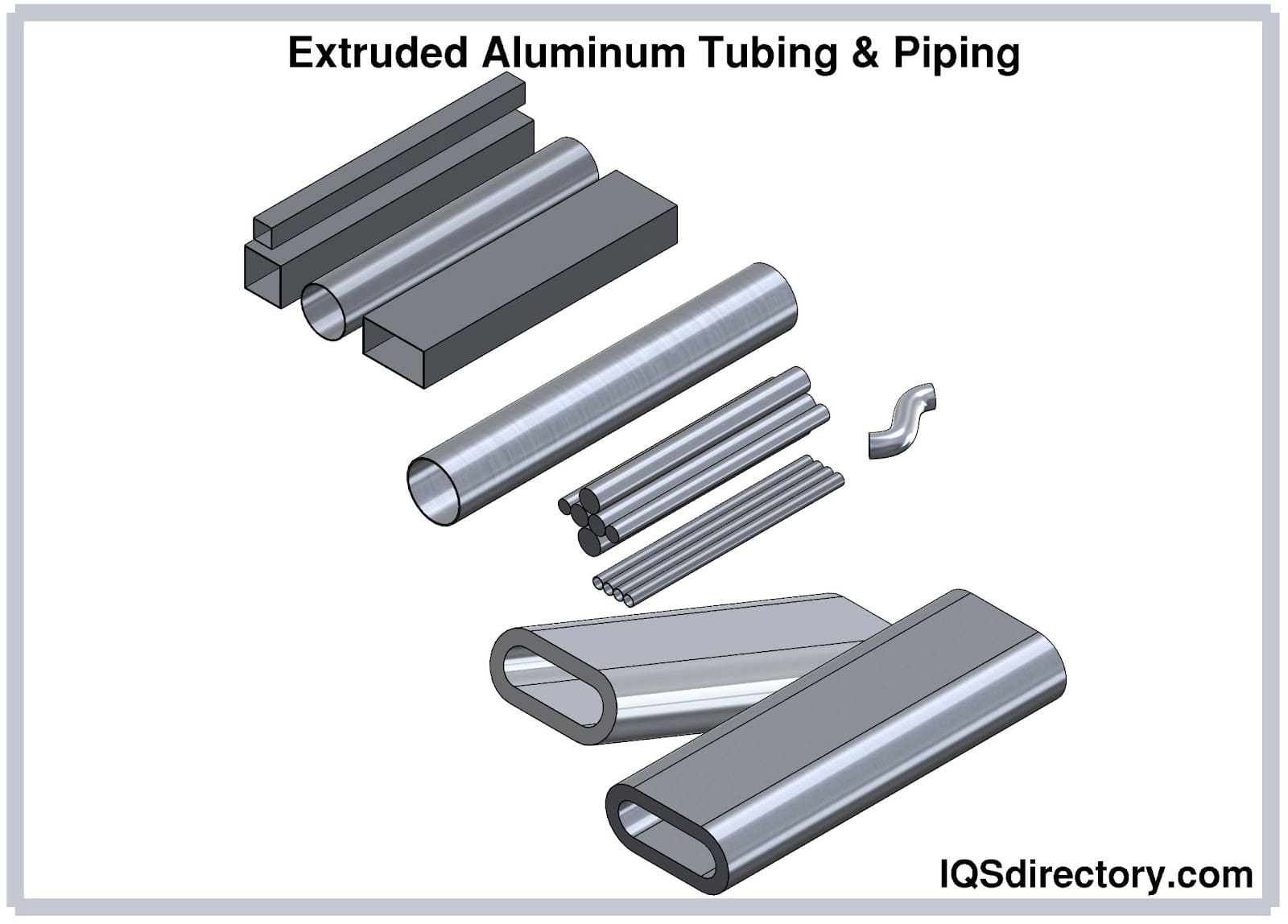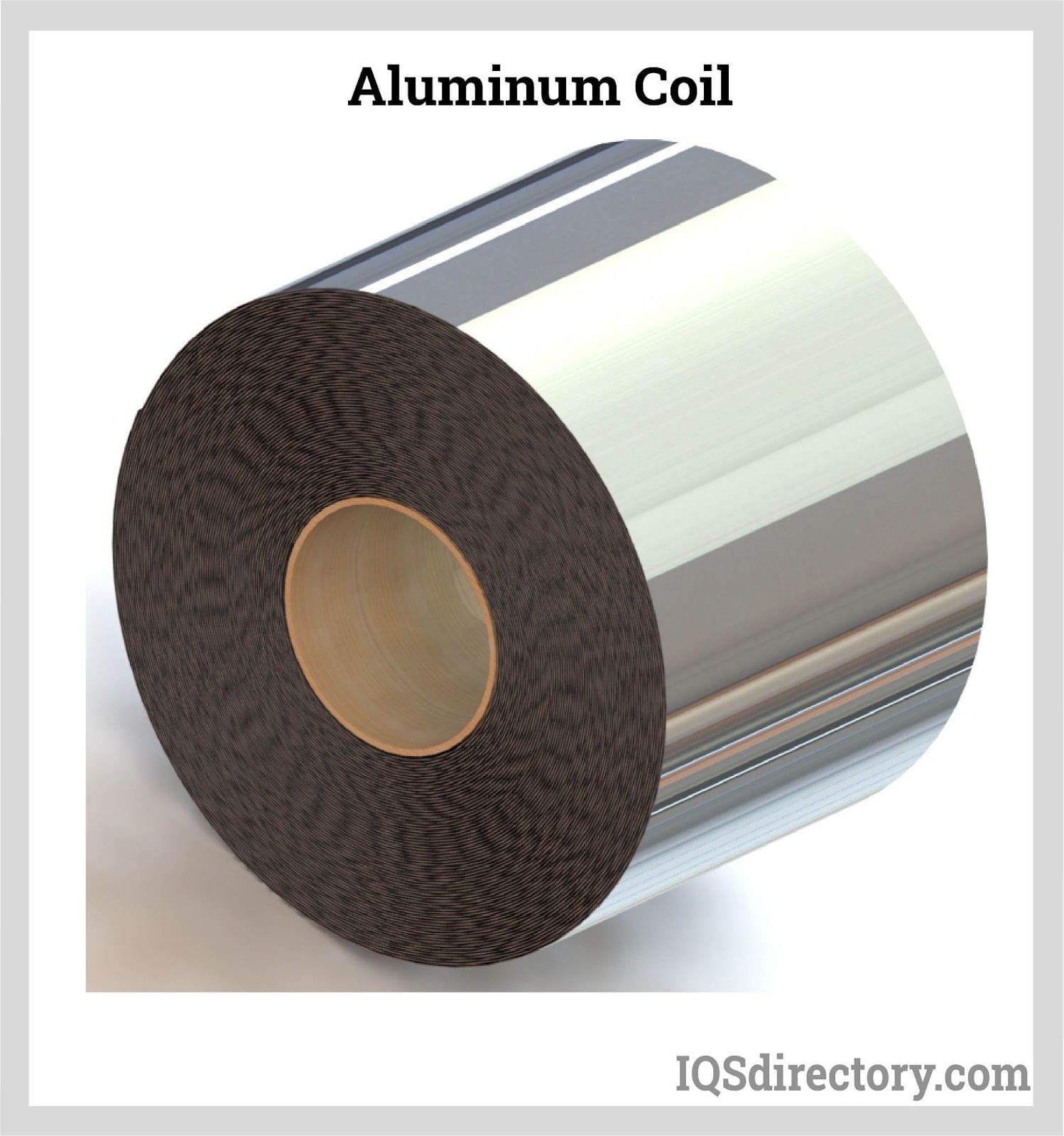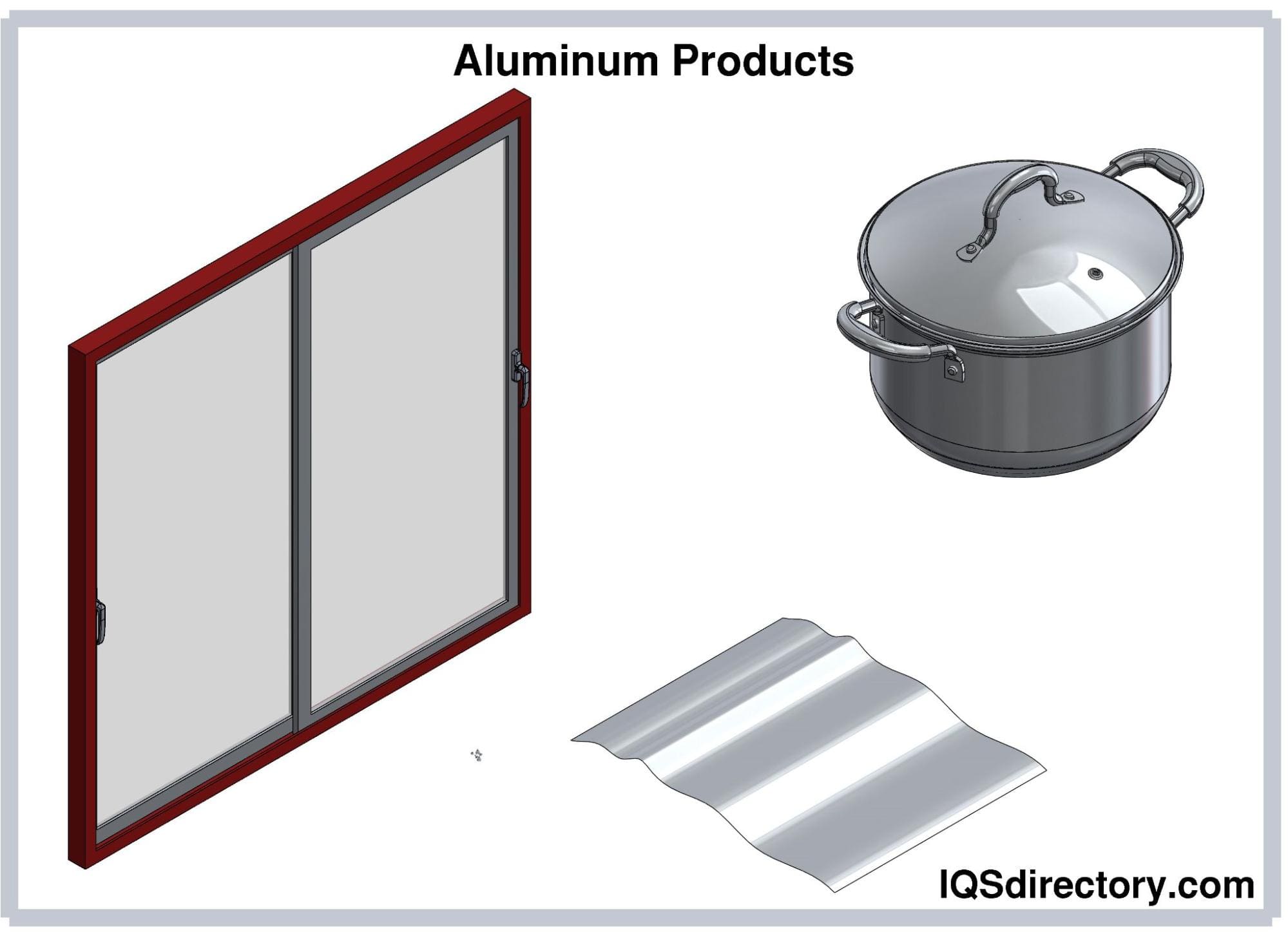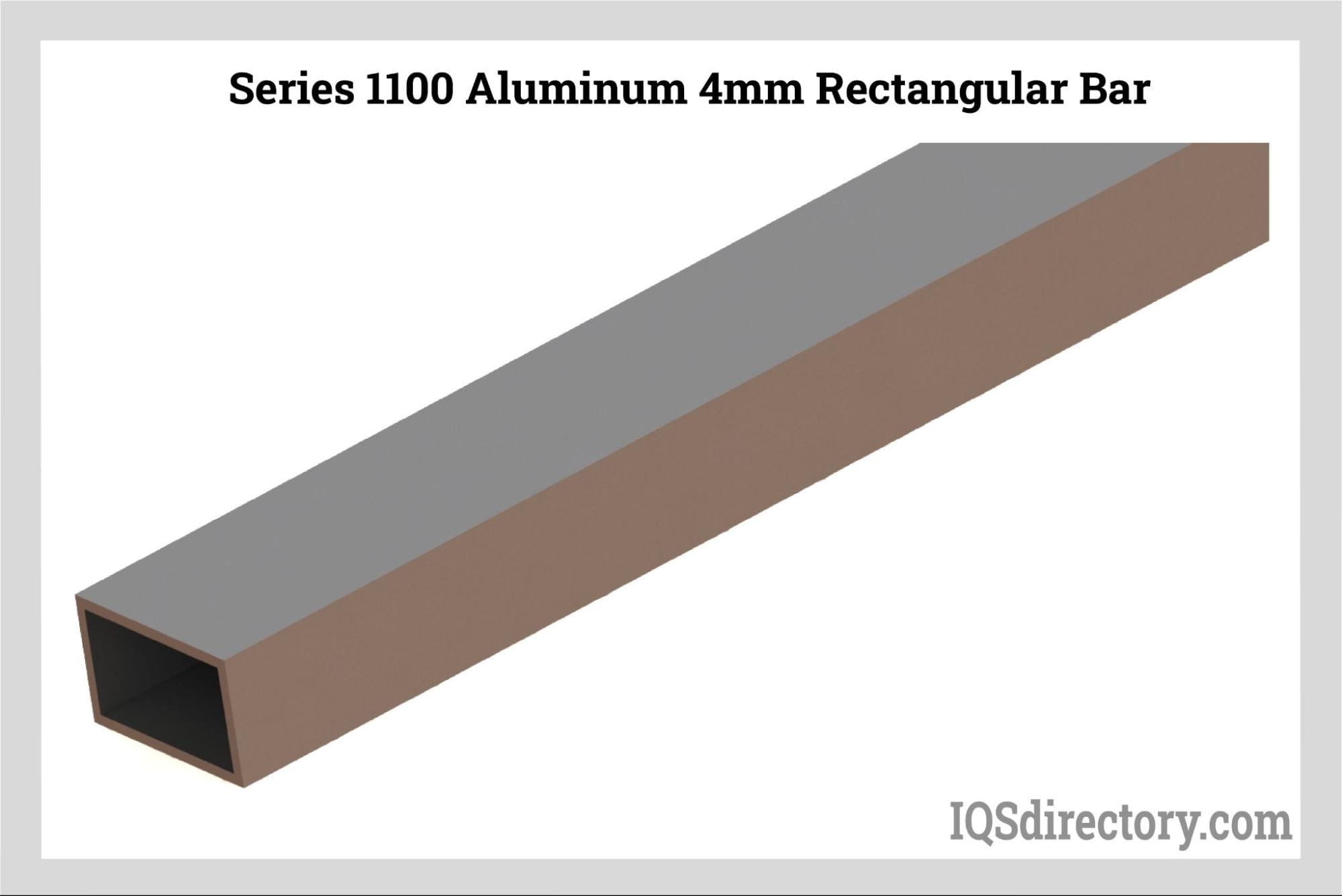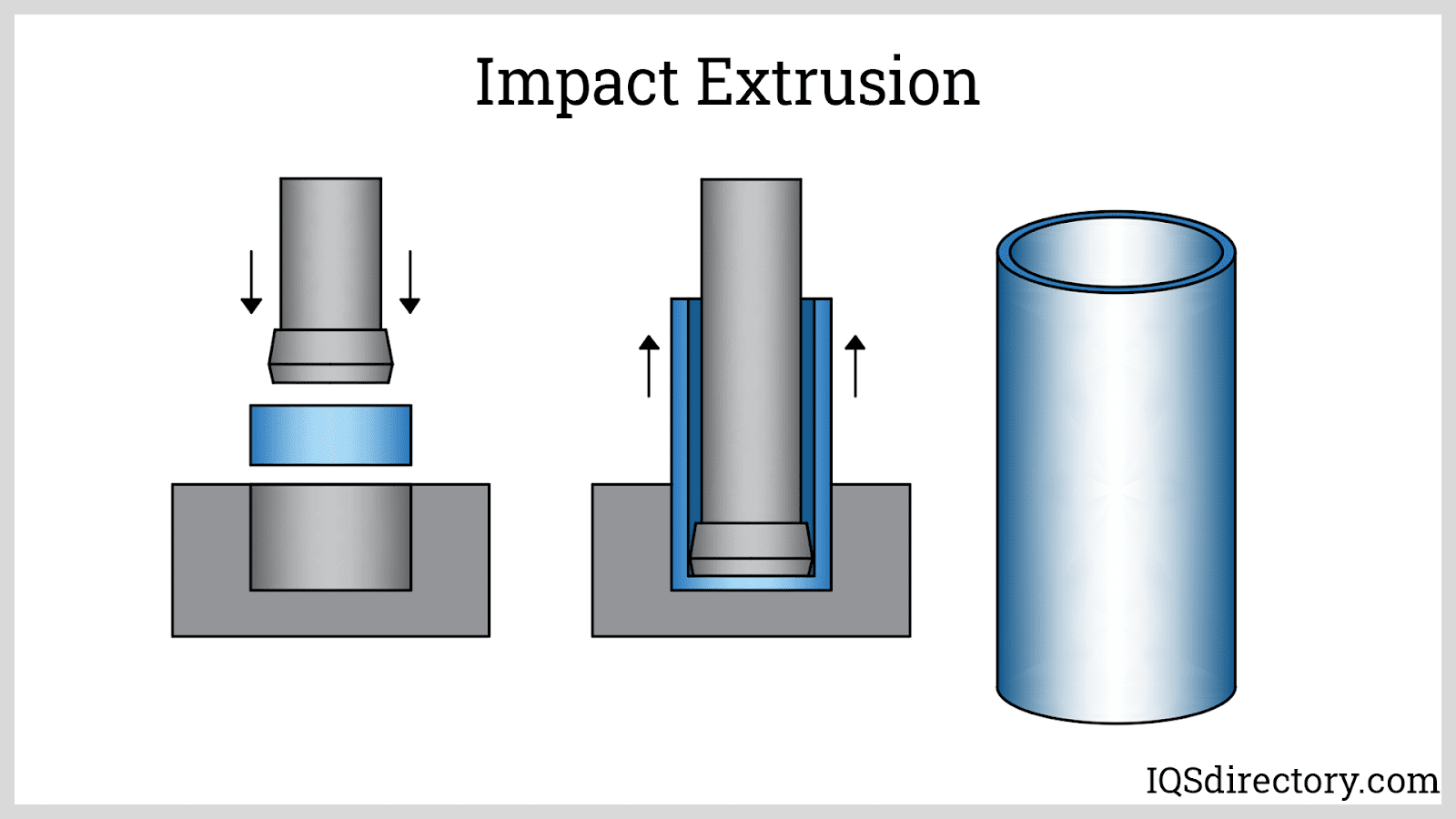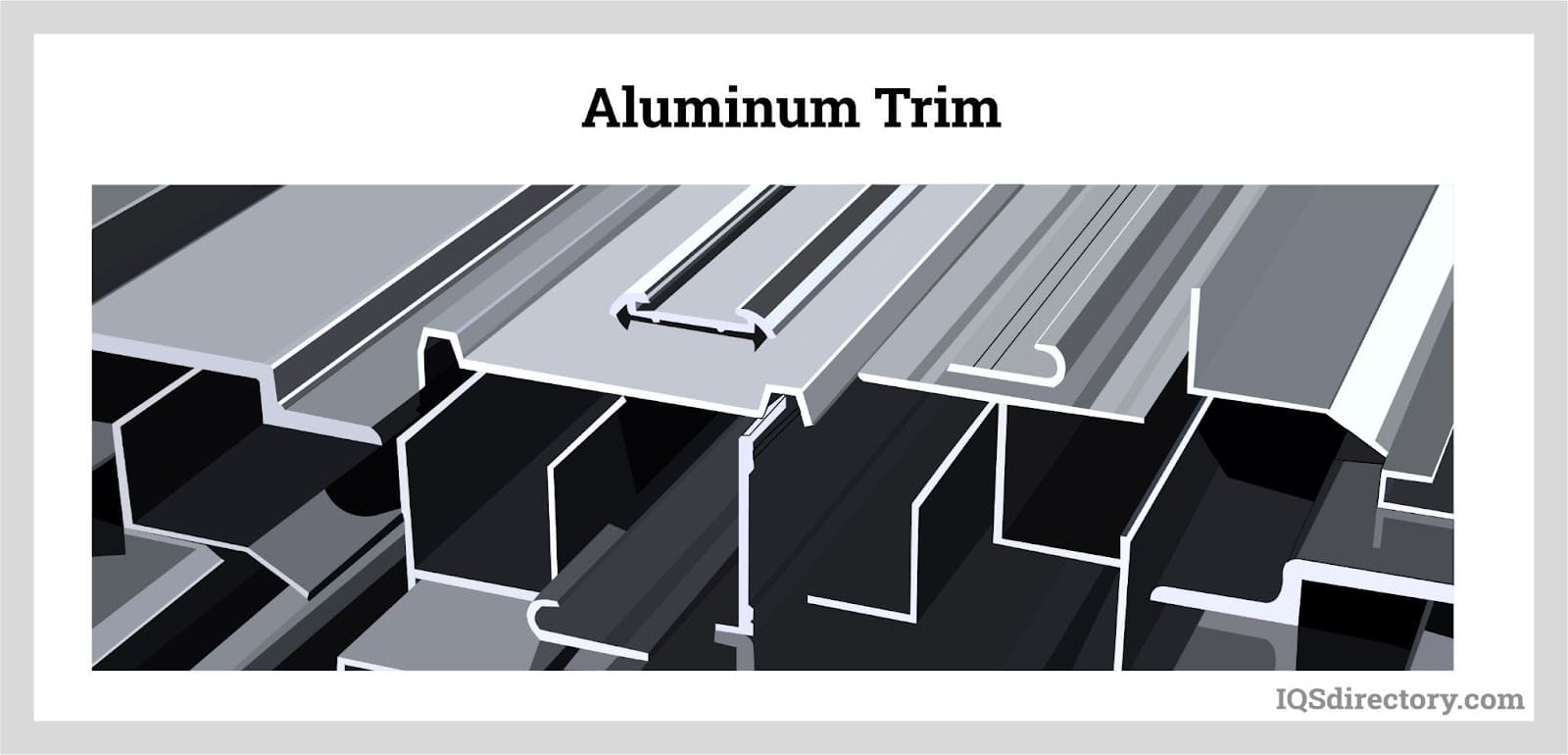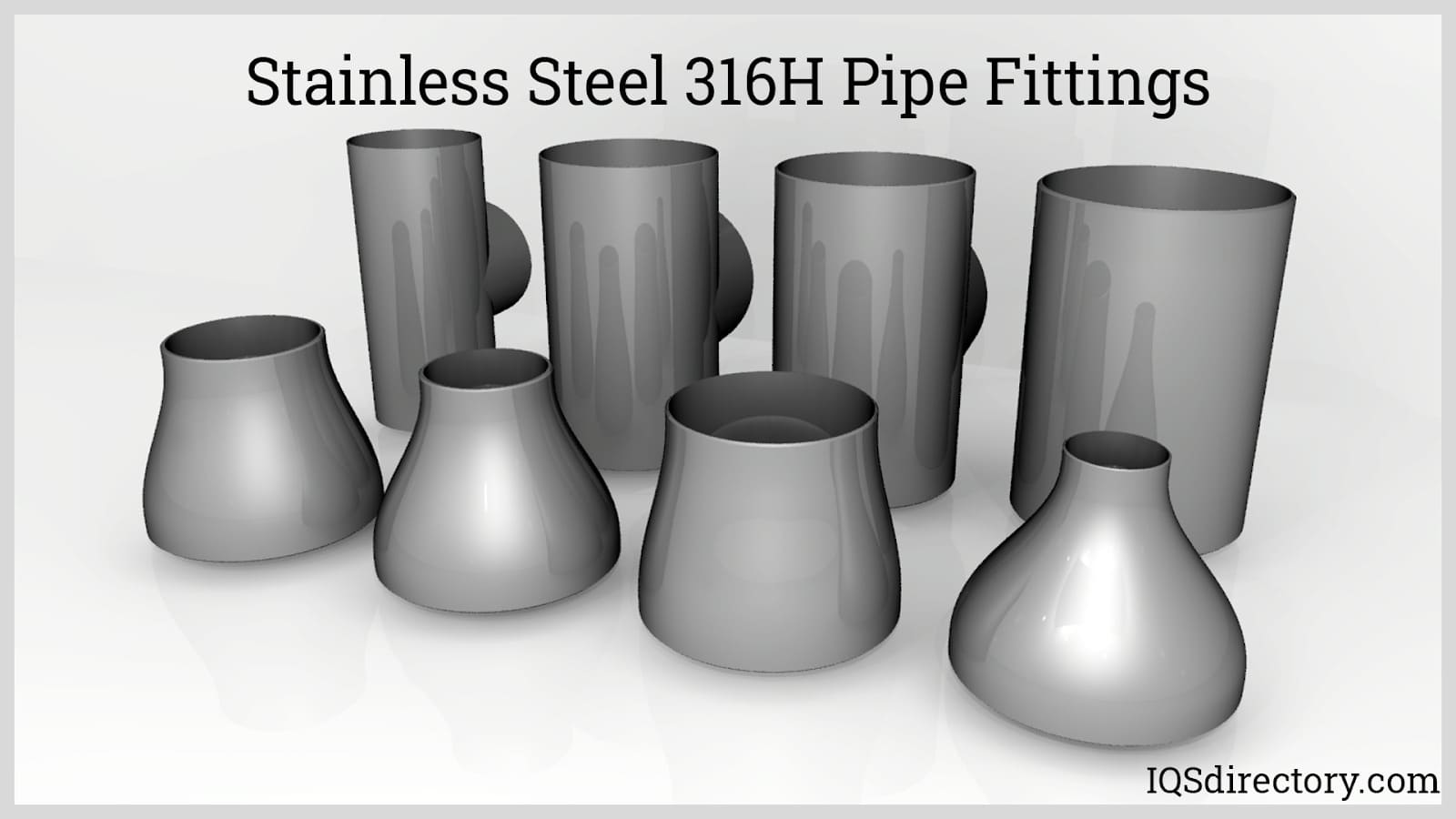 Aluminum sulfate has many different uses in day-to-day life, as well as being used in several essential industries. In fact, you probably come into contact with it on a daily basis without even knowing it!
Aluminum sulfate has many different uses in day-to-day life, as well as being used in several essential industries. In fact, you probably come into contact with it on a daily basis without even knowing it!
Household Uses
Some of the most common uses of aluminum sulfate are found within the home. The compound is often found in baking soda, although there’s some controversy over whether it’s appropriate to add aluminum to the diet. Some antiperspirants contain aluminum sulfate because of its antibacterial properties, although as of 2005 the FDA does not recognize it as a wetness reducer. Finally, the compound is the astringent ingredient in styptic pencils, which are designed to stop small cuts from bleeding.
Gardening
Other interesting uses of aluminum sulfate around the house are in gardening. Because aluminum sulfate is extremely acidic, it’s sometimes added to very alkaline soils to balance the pH for plants. When the aluminum sulfate comes into contact with water, it forms aluminum hydroxide and a much diluted sulfuric acid solution, which alters the soil acidity. Gardeners who plant hydrangeas apply this property to change the flower color (blue or pink) of the hydrangeas since this plant is very sensitive to soil pH.
 Water Treatment
Water Treatment
One of the most important uses of aluminum sulfate is in water treatment and purification. When added to water, it causes microscopic impurities to clump together into larger and larger particles. These clumps of impurities will then settle to the bottom of the container or at least get large enough to filter them out of the water. This makes the water safer to drink. On the same principle, aluminum sulfate is also sometimes used in swimming pools to decrease the cloudiness of the water.
Dyeing Fabrics
Another one of the many uses of aluminum sulfate is in dyeing and printing on cloth. When dissolved in a large amount of water that has a neutral or slightly alkaline pH, the compound produces a gooey substance, aluminum hydroxide. The gooey substance helps dyes stick to the cloth fibers by making the dye water insoluble. The role of aluminum sulfate, then, is as a dye “fixer,” which means that it combines with the molecular structure of the dye and the fabric so the dye doesn’t run out when the fabric gets wet.
Paper Making
In the past, aluminum sulfate was used in making paper, although synthetic agents have mostly replaced it. The aluminum sulfate helped to size of the paper. In this process, aluminum sulfate was combined with rosin soap to change the absorbency of the paper. This changes the ink-absorbing properties of the paper. Using aluminum sulfate means that the paper was made under acidic conditions. Use of synthetic sizing agents means that acid-free paper can be produced. Acid-free paper does not break down as fast as paper sized with acid.
Though you may not have known it, aluminum sulfate is used to make many products you use daily. Even the water you drink is filtered using aluminum sulfate!
 Alloy Suppliers
Alloy Suppliers Aluminum
Aluminum Aluminum Extrusions
Aluminum Extrusions Copper-Brass-Bronze
Copper-Brass-Bronze Magnets
Magnets Nickel
Nickel Stainless Steel
Stainless Steel Stainless Steel Tubing
Stainless Steel Tubing Steel Service Centers
Steel Service Centers Titanium
Titanium Tungsten
Tungsten Wire Rope
Wire Rope Castings & Forgings
Castings & Forgings Bulk Material Handling
Bulk Material Handling Electrical & Electronic Components
Electrical & Electronic Components Flow Instrumentation
Flow Instrumentation Hardware
Hardware Material Handling Equipment
Material Handling Equipment Metal Cutting Services
Metal Cutting Services Metal Forming Services
Metal Forming Services Metal Suppliers
Metal Suppliers Motion Control Products
Motion Control Products Plant & Facility Equipment
Plant & Facility Equipment Plant & Facility Supplies
Plant & Facility Supplies Plastic Molding Processes
Plastic Molding Processes Pumps & Valves
Pumps & Valves Recycling Equipment
Recycling Equipment Rubber Products & Services
Rubber Products & Services